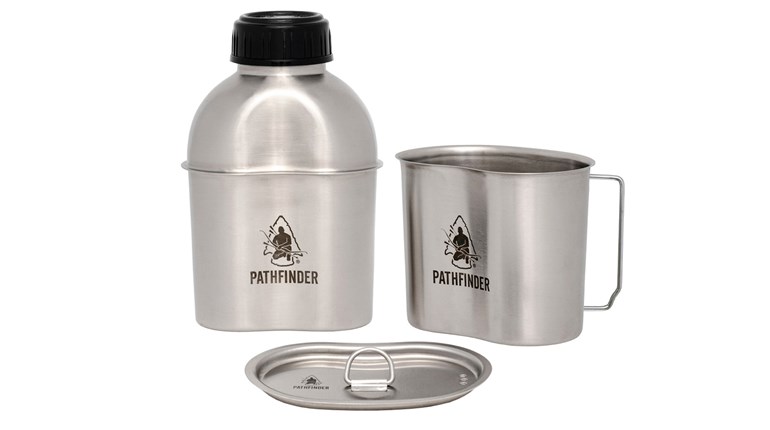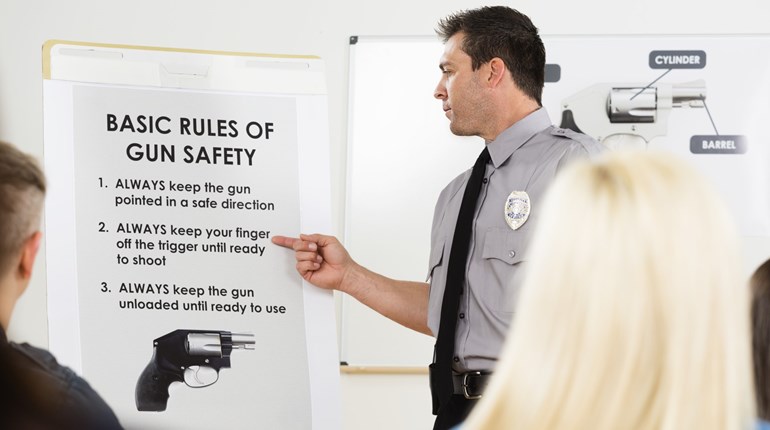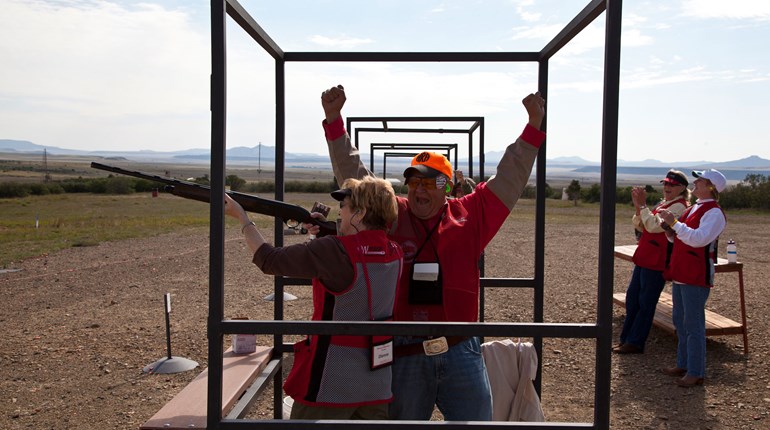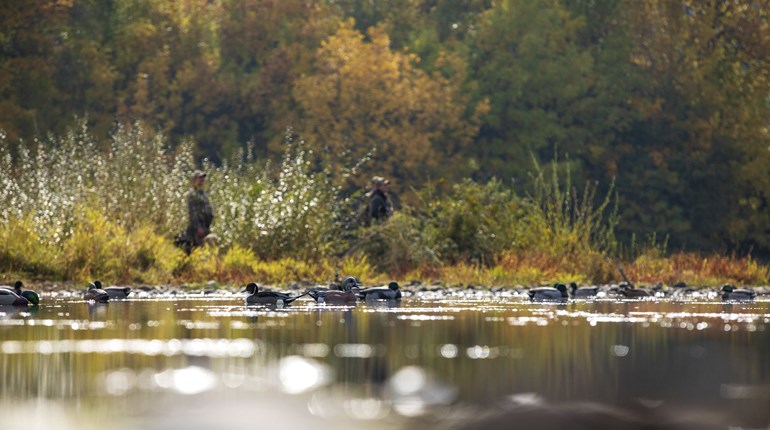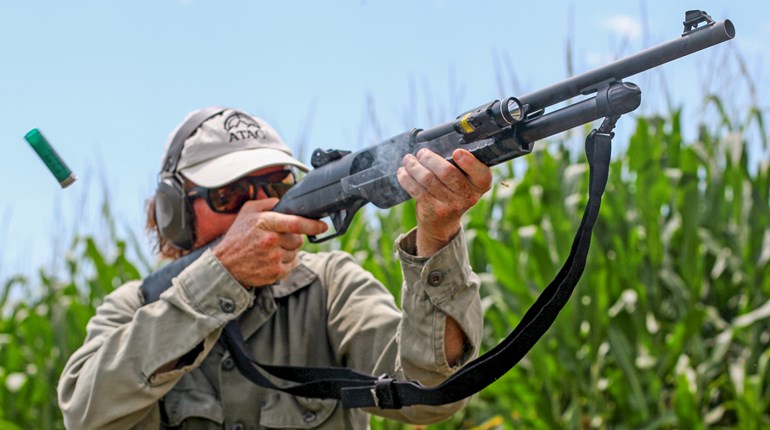
So you're tired of air conditioning, and ready to take your family out for some fresh air. If you're just getting into hiking, the thing to know is this: The key to a successful and fun hike is to prepare ahead of time. Here are five things to do together before you all hit the trail:
1. Get an intel report.
The first step for planning any successful hike is to gather as much information as you can about where you’re going. What is the terrain like? What is the weather likely to be? What sort of animal activity can you expect to encounter? Are there particular laws and rules that apply to hiking and camping the area? The answers to these questions will tell you how to prepare and what you need to bring with you. Fire up the search engine: If you’re hiking a national forest or other public land, definitely visit the website pertaining to it. If you have any questions not answered by the site, it’ll be worth your while to pick up the phone and call.
2. Let everyone know where you'll be.
Don’t forget, you aren’t the only person who needs information. Tell your friends and family where you plan to go, what route you plan to take and how long you plan to be gone. That way, if anything goes wrong, it won't be long before assistance arrives.
3. These boots are made for walking.
Get the right shoes for your foot and for your hike. The kind of hiking boot you’ll need will depend on the terrain you’ll be hiking. If you’ll be mostly on smooth, well-maintained trails, you can get away with a low, sneaker-style hiking boot. If you’ll be on more challenging terrain, you will probably want something that comes up higher on your leg, supporting your ankles. It’s a bit of a tradeoff: The higher and heavier the boot, the more ankle support and protection against injury you’ll get—but you’ll also have more weight, which tires you out faster. Another important factor is the sole of your boot. When you flip hiking shoes over, you’ll see that some of them have a deep tread pattern with lots of open space in them. These are shoes that are best for mud and other slippery terrain. Other hiking shoes have only a little bit of open space between the treads. These are better for rock.
The most important thing is that you go and try on hiking boots in person before you buy them. You might be thinking, “Why should I do that? I know what size shoe I wear!” Here’s why: Hiking boots are manufactured using a template called a “last.” The last determines the shape of the boot—where it’s broad, where it’s narrow, and so on. And each manufacturer uses a different last. Some will be perfect for you, others won’t be…and unless you’re very familiar with the brand, you won’t know until you try the shoe on. To get the best results, go shoe shopping late in the day, after you’ve been walking around, so your feet will be about as swollen as they might get from tromping down a trail all day. Wear socks similar to what you’ll have on the hike, too. Have a salesperson help you, and tell them if you intend to carry a significant amount of weight in your pack, as this can affect your shoe size. In fact, don’t be surprised if you find that your proper boot size is one to one-and-a-half sizes more than your regular street shoe size.
4. Start hiking...at home.
Now you’ve found the perfect shoes and brought them home. Whatever you do next, do not stick them in your closet yet! Even shoes that fit like a dream need to be broken in. Wear your shoes around the house, do chores in them and go for walks around the neighborhood with them on.
Have you ever noticed that your muscles were extra sore the day after you tried some new sport? Now imagine that happening when you’re miles away from the nearest hot bath! You don’t want that, nor do you want to be so tired out that you can’t enjoy the sights and sounds of nature because you’re too busy huffing and puffing. Prepare your body as much as you can before you head out. The truth is that the only exercise that really prepares you for hiking is…hiking. When you hike or climb on rugged terrain, you use muscles that you don’t normally use just to walk on a flat surface. If you’ve got some trails that are easy for you to get to and practice on, you should take advantage of that. If not, going for regular walks or jogs in a hilly area will help prepare your heart, lungs and leg muscles for the outdoors. Even a treadmill is better than nothing. Start slow, and build up the length and difficulty of your exercise as time goes on. To really prepare yourself, you can try wearing your backpack, loaded down with a few pounds’ worth of gear or weights, to condition yourself to the extra weight. (As a bonus, this will let you know if there are any places where your backpack’s straps need adjusting.)
5. Get Your Gear Ready
Life has a funny way of sending surprises at you, from unexpected turns in the weather, to washed-out trails, to twisted ankles, to cell phones that can’t get a signal. If you’ve got the right gear, a surprise like this won’t be a tragedy—it’ll just be one more adventure (and a great story to tell around the campfire later). Here are 12 things that should be in your pack every single time you head out:
- Compass—to navigate if you become lost
- Topo maps of the area you’re hiking
- Strike-anywhere matches in waterproof container—to make a fire if you need one
- Tin foil or, if you have extra room, an actual cooking pot—to boil water for drinking
- First-aid kit
- Sunblock
- Insect repellent
- Strong rope or twine—to help you assemble a shelter
- Whistle or mirror—to signal for help if you become lost
- Pocketknife
- Water
- Energy bars
Make it easy for yourself: Assemble all of these items into one container so they’re always handy. Now you’ve got a survival kit. Leave it in your backpack, so you can’t ever forget it. What else should you carry along? A lot depends on where you’re going and how long you’ll be gone. Some items that are almost always useful are moleskin (for blisters), spare socks (or even a full change of clothes), binoculars, a camera, a small spade or shovel, poncho or raincoat, cell phone and GPS.
Now get out there and make some memories!













